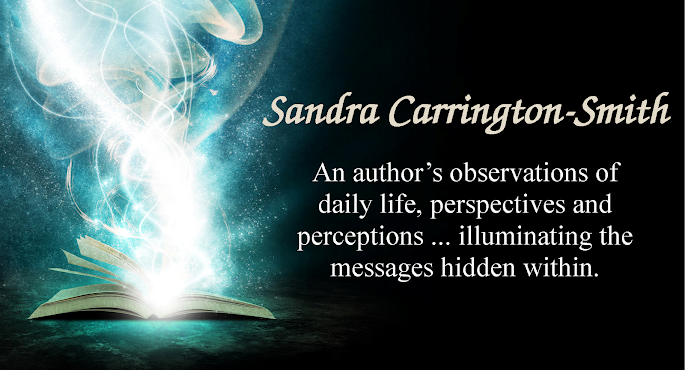 In recent times, we have come to identify a blue moon as the second moon in a month, but according to earlier definitions, including one from The Farmers’ Almanac released 150 years ago, a blue moon is the third moon in a season of four moons. Some years count 13 full moons instead of 12, but since the identity of the moons was important in the ecclesiastical calendar (the Paschal Moon, to cite one, used to be crucial for determining the date of Easter), a year with a thirteenth moon upset the calendar, since there were names for only 12 moons. By identifying the thirteenth moon as a blue moon, the ecclesiastical calendar remained the same.
In recent times, we have come to identify a blue moon as the second moon in a month, but according to earlier definitions, including one from The Farmers’ Almanac released 150 years ago, a blue moon is the third moon in a season of four moons. Some years count 13 full moons instead of 12, but since the identity of the moons was important in the ecclesiastical calendar (the Paschal Moon, to cite one, used to be crucial for determining the date of Easter), a year with a thirteenth moon upset the calendar, since there were names for only 12 moons. By identifying the thirteenth moon as a blue moon, the ecclesiastical calendar remained the same. The idea of a "calendar month" is a relatively recent concept, as months were originally measured by the period between lunar cycles, creating a Lunar Calendar of some 13 months per year (the word "month" comes from "moon"). A cultural revolution took place in the Classical Period, when the ancient rule of the lunar goddesses was replaced by the rule of the sun gods, with 12 months connected to the 12 signs of the Zodiac. In the ancient Lunar Calendars, including the now frequently discussed Mayan Calendar, time was measured according to moon cycles, change of seasons and the period between equinoxes and solstices.
Our current Gregorian calendar system dates from the time of Pope Gregory in the 16th century. The pre-Gregorian calendar was the Julian calendar (the Roman Emperor, Julius Caesar, came up with the idea of standardizing the chaotic Roman calendar in 47 BC). Many cultures, including the Protestant and the Orthodox, were suspicious of such popery and did not adopt this new system until later (even now the Julian calendar is still in use in parts of the Orthodox Church). However, it was in 1582 that the Gregorian calendar was adopted in Rome, Spain, Portugal, France, the Netherlands and Scandinavia. And it wasn't until 1752 that England adopted the new Gregorian calendar.
There are two interesting facts connected to this particular blue moon; for one, the moon will be in the constellation of Cancer - the sign of the Mother, home and family, symbolizing a shift of energy toward the feminine heart center; the second fact is that a partial eclipse will also take place, although it will not be visible in the US since it will occur at approximately 2:13pm EST. Traditionally, moon eclipses are considered a time of rest, during which we release what we no longer need. We might consider releasing feelings and habits that no longer serve us, old perceptions of security and illusions of power.
The New Year is ringing in with a pretty powerful celestial cocktail, just in time to make a special wish when we click champagne flutes at the stroke of midnight.
Happy New Year!
Some of the information on this post was found at: http://www.astrologycom.com/bluemoon.html







































